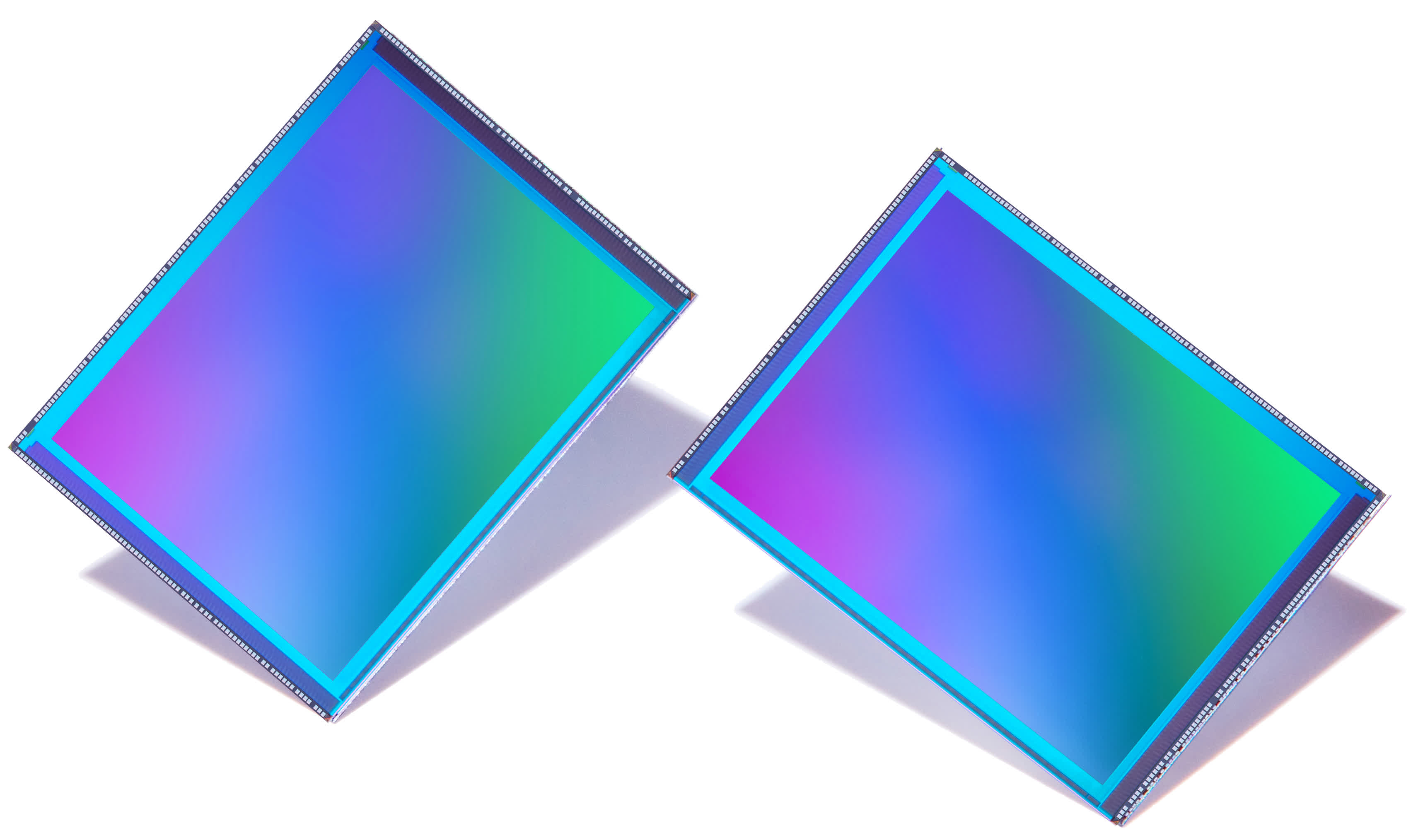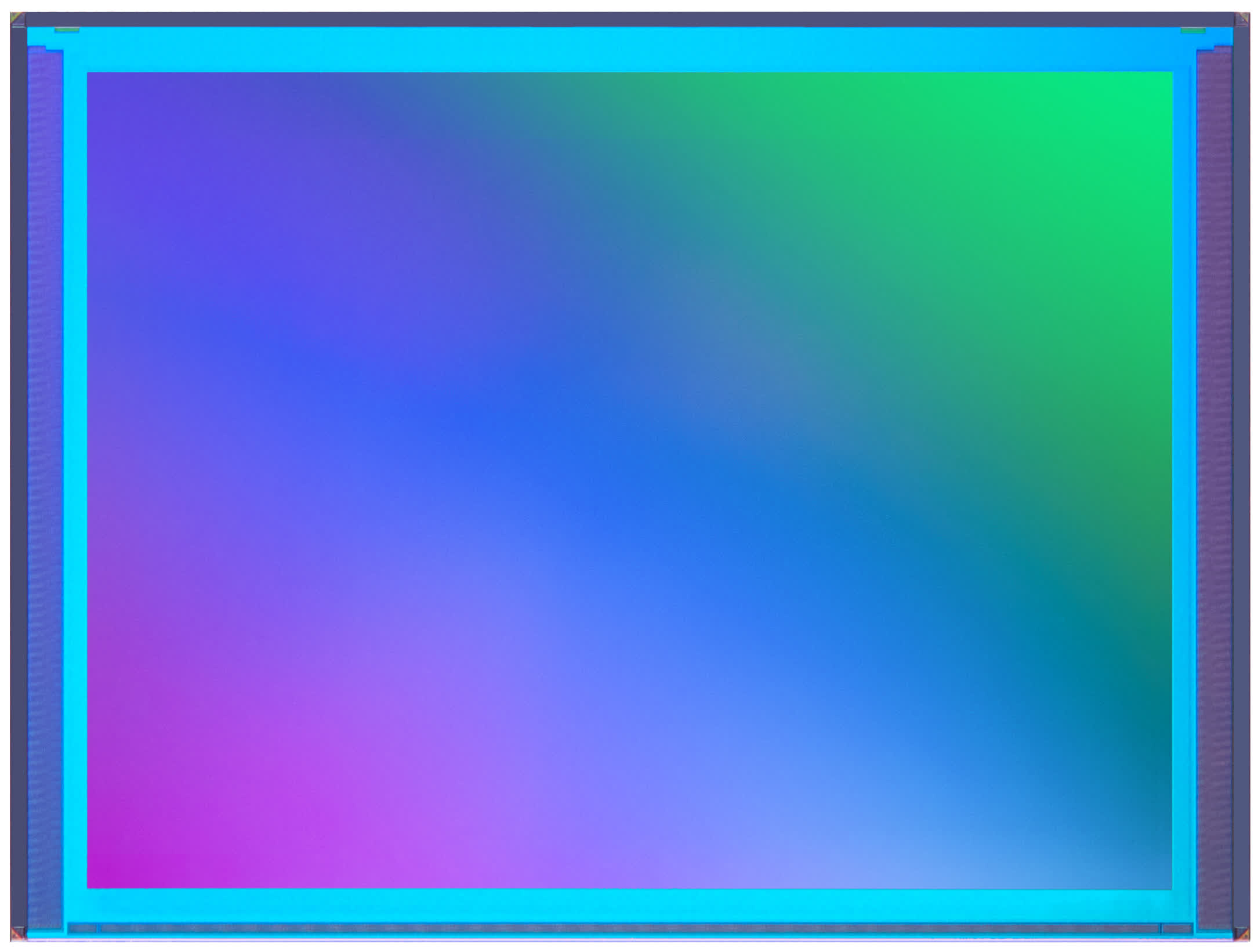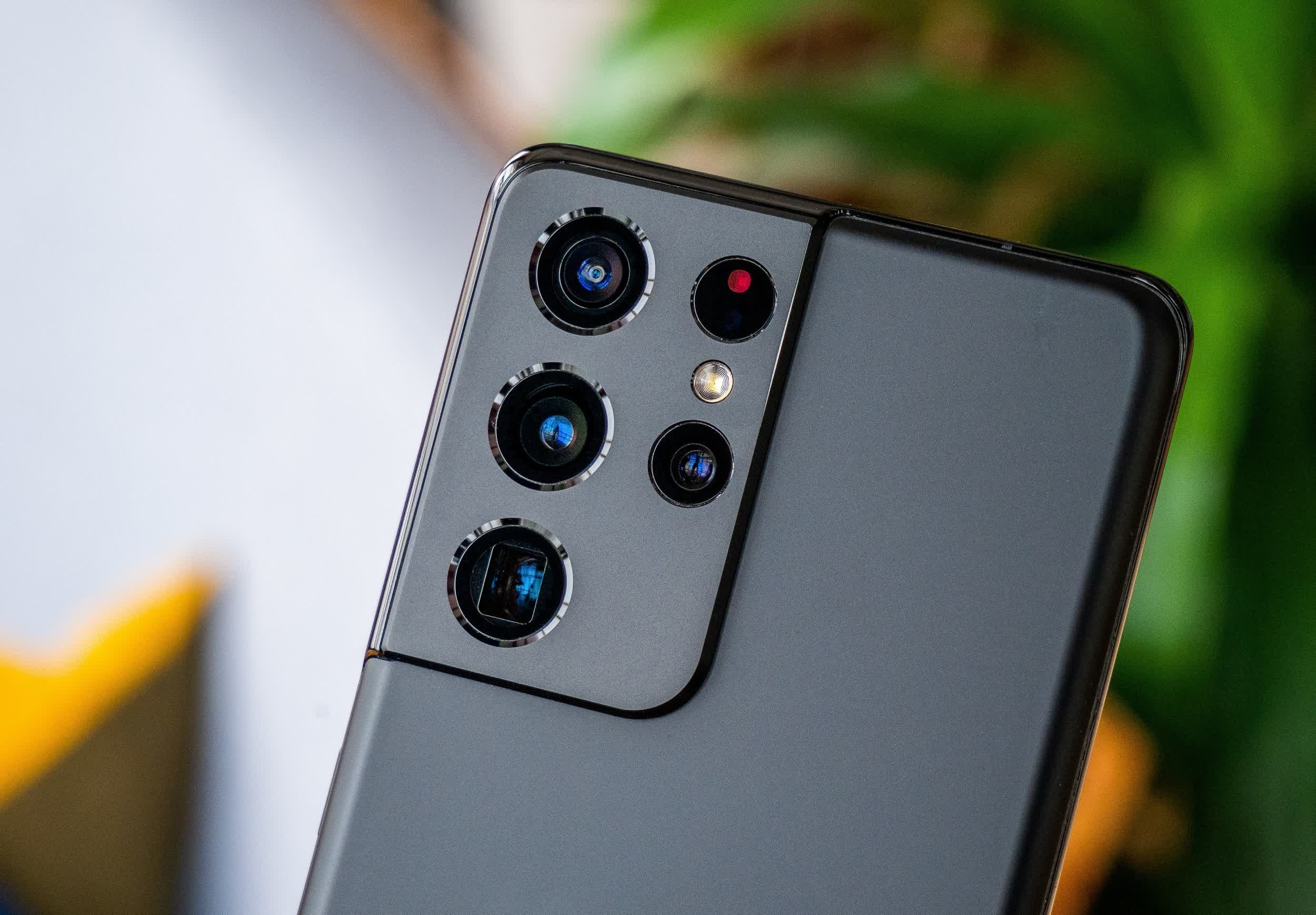In brief: Samsung has introduced a new 200-megapixel image sensor with improved pixel technology that could show up in the Galaxy S23 family set to be unveiled at the next Unpacked event on February 1. The new ISOCELL HP2 packs 200 million 0.6-micrometer (μm) pixels in a 1/1.3" optical format, which is the same size as 108MP smartphone camera sensors.

Samsung has also baked in its new Dual Vertical Transfer Gate (D-VTG) technology, which adds a second voltage transfer gate within each pixel to boost its full-well capacity by more than 33 percent. According to Sammy, this can reduce overexposure and enhance color reproduction in brightly light environments.
The HP2 can also lean on all of its 200-million pixels as focusing aides for faster and more accurate auto-focusing, even in dimly lit scenes.

Samsung's advanced pixel-binning tech, meanwhile, can also put those pixels to good use in other ways. In low-light situations, the sensor can "transform" into a 1.2μm 50MP or 2.4μm 12.5MP image sensor by binding four to 16 neighboring pixels to create larger pixels that can absorb more light. This is especially helpful when light is at a premium, and can greatly reduce image noise. Pixel binning also works with video to minimize cropping and capture more of the scene.
50MP and 12.5MP modes additionally get the HDR treatment albeit through different solutions. Samsung's DSG feature applies two separate conversion values to the analog signal received at the pixel level for 50MP mode, while Smart-ISO Pro in 12.5MP mode merges different levels of ISO readouts from a single exposure.

Samsung's mobile sensor lineup is a bit tricky to follow. The company announced the ISOCELL HP1 in September 2021 and followed up with the ISOCELL HP3 in June 2022, but is now announcing the ISOCELL HP2?
Samsung said its ISOCELL HP2 has entered mass production but stopped short of saying which phones or manufacturers will be the first to market with it. The upcoming Galaxy S23 line seems like a good fit, but we'll have to wait until next month to see if that's the direction Samsung goes with its first flagship for 2023.
Image credit: Denis Cherkashin